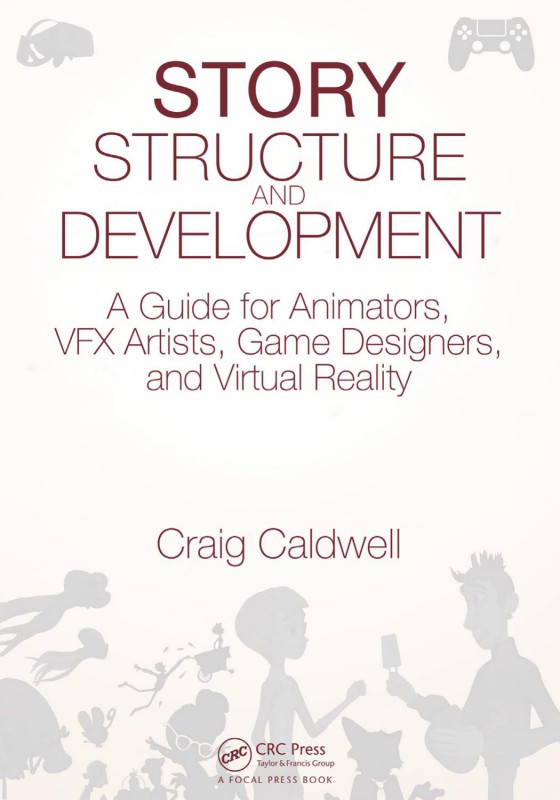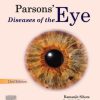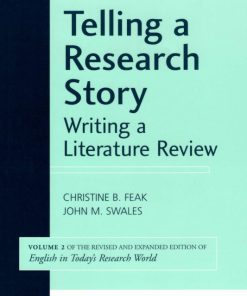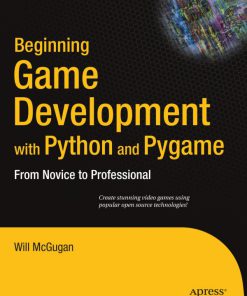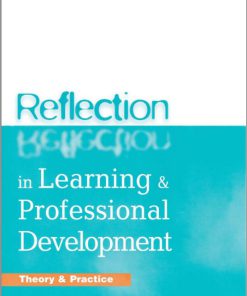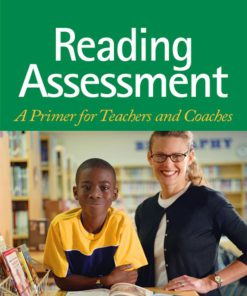(Ebook PDF) Story Structure and Development 1st edition by Craig Caldwell 1351651366 9781351651363 full chapters
$50.00 Original price was: $50.00.$25.00Current price is: $25.00.
Authors:Craig Caldwell , Series:Gaming [124] , Author sort:Caldwell, Craig , Languages:Languages:eng , Published:Published:Apr 2017 , Publisher:CRC Press
Story Structure and Development 1st edition by Craig Caldwell – Ebook PDF Instant Download/DeliveryISBN: 1351651366, 9781351651363
Full download Story Structure and Development 1st edition after payment.
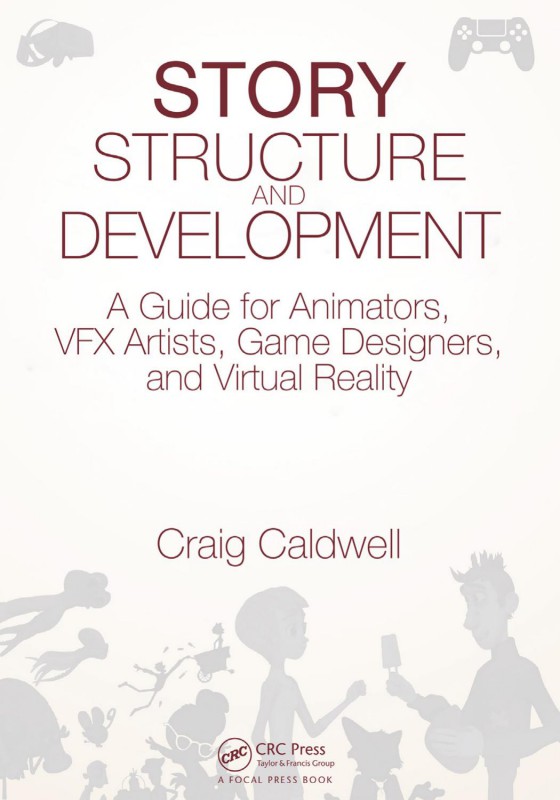
Product details:
ISBN-10 : 1351651366
ISBN-13 : 9781351651363
Author : Craig Caldwell
Professor Craig Caldwell’s Story Structure and Development offers a clear approach to the essentials of story. It lays out the fundamental elements, principles, and structure for animators, designers, and artists so they can incorporate these concepts in their work. As a practical guide it includes extensive insights and advice from industry professionals. Readers will learn the universal patterns of story and narrative used in today’s movies, animation, games, and VR. With over 200 colorful images, this book has been designed for visual learners, and is organized to provide access to story concepts for the screen media professional and student. Readers will discover the story fundamentals referred to by every director and producer when they say “It’s all about story”. Key Features Consolidates into one text universal story structure used across the digital media industry Includes enormous visuals that illustrate and reinforce concepts for visual learners Organizes content for faculty to use sections in a non-linear manner Includes chapter objectives, review questions, and key terms to guide the reader
Story Structure and Development 1st Table of contents:
Part 1: Story Structure (the Plot)
1. Plot: The Structure
What Is a Dramatic Story?
Plot… What Is It?
Story Elements
3 Act Structure
Act Structures
Plot: The Hero’s Journey
Plot Structures: The Short
Structure Comparisons
What They All Have in Common?
References
2. Setup: Act 1
Types of Setup
Where to Start
Traditional Setup Sequences
Opening Image(s)
Exposition
Show Don’t Tell
Inciting Incident
Types of Inciting Incidents
What’s at Stake?
Story World
Story Question
References
3. Middle
Middles
Types of Conflict
Elements of Conflict
Increasing Conflict
Turning Points/Reversals
Five Story Turning Points
Cause and Effect
Crisis
References
4. Endings
Endings
Climax
Resolution
Deus ex Machina
Meaning
References
5. Story Types
Genres
Story Concepts
Only a Few Basic Plots
Five Story Goals
References
Part 2: Story Elements
6. Story Elements
Premise: What Is It About?
Theme: What Does It Mean?
Emotion
Generating Emotion
Setting
References
7. Story Mechanics
What Is a Scene?
Purpose of a Scene
Scene Components
How Do Scenes Work?
Types of Scene Endings
Scene Checklist
Narrative Questions
Types of Narrative Questions
Surprise
Techniques for Surprise
Suspense
Techniques for Suspense
Comedy
Subplot
Foreshadowing: Creating Anticipation
References
8. Interactive Narrative
Why Story in Games/VR?
Story versus Narrative
Environmental Storytelling
VR Story (Telling?)
References
Part 3: Character Development
9. Character
Character
What Are the Dramatic Qualities of a Character?
Character-Driven Story
Character-Driven Categories
Archetypes
Stereotypes
Backstory versus Character Profile
Backstory Questions (External)
Character Profile Questions (Internal)
Identification/Empathy
Love Your Characters
References
10. Character Elements
Story World as Character
Goal: What a Character Wants
Goal Traits
Need: What a Character Really, Really Wants
Conflict Reveals Character
Choices that a Character Must Make
Change
Types of Change
Character Arc
Types of Character Arcs
Character Flaws
Types of Flaws
References
11. Character Values/Motivation
The Role of Conflict
Fear: The Inner Journey
Unity of Opposites
Creating Interesting Characters
Character Traits
References
Part 4: Idea Development
12. Generating Ideas
Ideas
Generating Story Ideas
Research
What If?
Cliché
Cliché Problems
Point of View
References
13. Story Development
Development and Checklists
Development Techniques
Opposition: Antagonism
Memorable Villain Traits
Problems at the Beginning
Know Your Ending
Ingredients to a Good Ending
Dialogue: Its Functions
What kills Dialogue
Subtext
Subtext Techniques
Metaphors and Symbols
Making the Story… Short
References
14. Viewer (the Audience)
The Viewer’s Expectations
Who Knows What? When? (Directing a Viewer’s Attention)
A Story Trick
Gaps
Internal Gaps
External Gaps
Believability
Coincidences
People also search for Story Structure and Development 1st:
short story structure and development
story structure and development pdf
story structure and development craig caldwell
story structure and development craig caldwell pdf
story structure explained

